
You find yourself on this blog post because you’re likely looking for the best things to do in Mallorca, Spain, as it’s your planned next holiday destination.
This island offers several activities, and I’m here to guide you through the top places to visit, whether you’re traveling alone, with family, or with friends. This comprehensive guide will provide you with all the information you need, drawn from my personal experience and knowledge.
I’m confident that you’ll appreciate the insights I share, as they are based on firsthand experience. I’m a hundred percent sure you’ll thank me after reading this blog post, as the information provided is the best you’ll find on the internet. After visiting Mallorca, Spain, you’ll undoubtedly thank me for the valuable recommendations.
So, let’s get started and discover what this beautiful place has to offer. You’ll be able to decide when to go, where to go, what to do, and why Mallorca is a popular destination that suits your needs perfectly.
This page may contains affiliate links and I earn a commission if you make a purchase through one of the links at no cost to you, Read the disclaimer for more info. We follow our review guidelines.
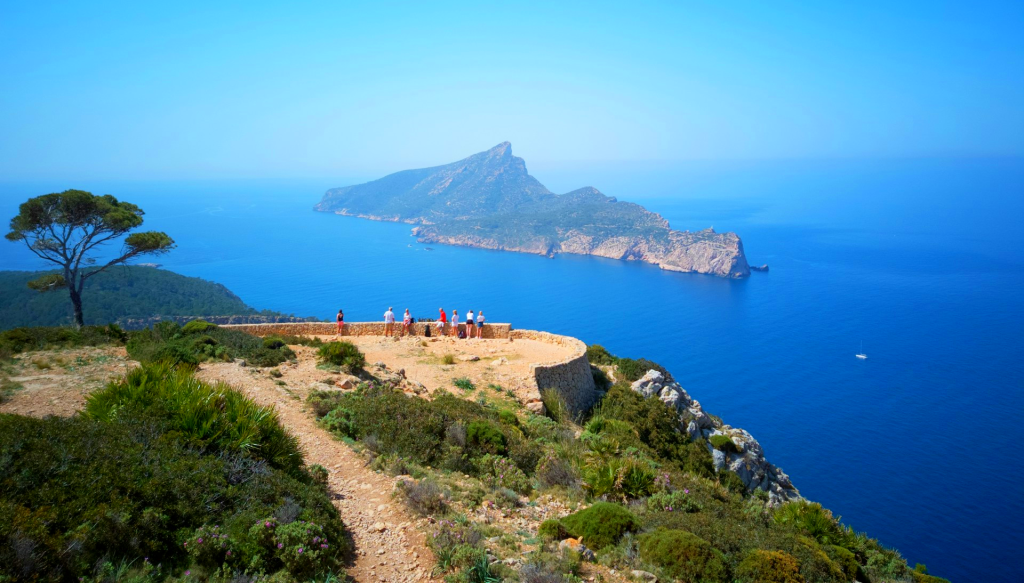
Table Of Content
- The Best Way to get to Mallorca, Spain
- The Best time to visit Mallorca, Spain
- Relax on Mallorca’s Beautiful Beaches
- Outdoor Adventures
- Visit Historic Sites
- Attend Local Festivals
- Tips and final thought
- Conclusion and Travel Tips
The best way to get to Mallorca, Spain
The easiest way to get to Mallorca is to Fly from Barcelona to Mallorca, and it approximately takes around 1 hour. Alternatively, you can take a Ferry from Mallorca to Barcelona, which takes around 8 hours. There are around 2-3 ferries, and each of them runs once a day.
The best time to visit Mallorca, Spain
The shoulder seasons of May–June and September–October are the ideal times of year to go to Mallorca, Spain. Compared to the busiest summer months, these months provide better weather, fewer tourists, and cheaper costs.
Best Things to Do in Mallorca: Your Ultimate Guide
Explore Palma de Mallorca
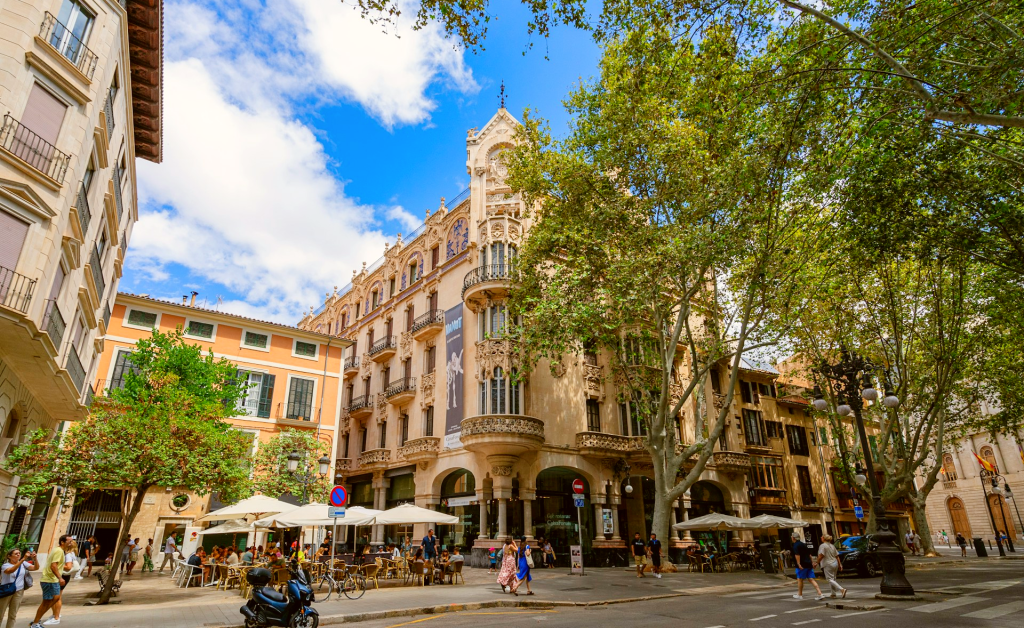
- Buy your Flight Tickets to Mallorca
- Buy your Train Tickets to Mallorca
- Book your Accommodation in Mallorca
Visiting Palma de Mallorca is one of the Best Things to do in Mallorca Spain. a city rich in culture and history, offering visitors an array of attractions to discover. Begin by marveling at the awe-inspiring La Seu Cathedral, Well known for its intricate Gothic architecture and stunning interior details. As you wander through the Old Town, you’ll encounter charming alleyways lined with boutiques and cozy cafes, perfect for soaking in the city’s vibrant atmosphere.
Be sure to explore The Almudaina Palace, another one of the Best Things to do in Mallorca Spain. which boasts centuries of history as a royal residence and showcases a blend of architectural styles. For those who appreciate art, The Es Baluard Museum is a must-visit. Not only does it house an impressive collection of modern and contemporary pieces, but it also provides breathtaking views of the surrounding area from its terrace.
Take a leisurely walk along The Paseo Marítimo, a scenic promenade by the harbor, where luxury yachts and boats line the docks. The vibrant energy of the area is complemented by a variety of restaurants and bars, making it a great spot to enjoy the lively seaside ambiance.
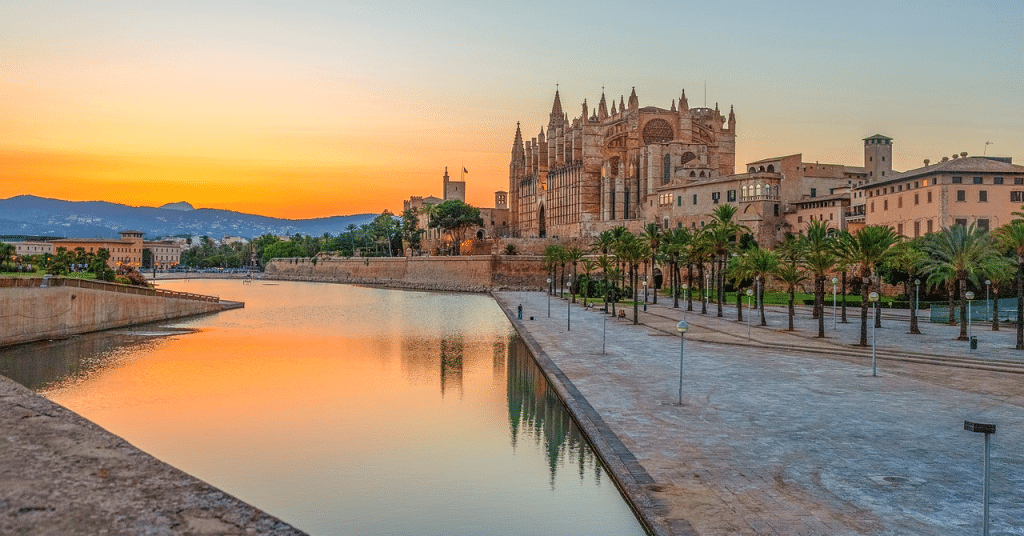
For a peaceful escape, check out The Jardins de S’Hort del Rei, a serene garden featuring fountains and lush greenery, offering a quiet oasis in the heart of the city. Nearby, The historic Arab Baths provide a glimpse into Palma’s Moorish past, with their beautifully preserved arches and tranquil courtyards.
Artisans’ workshops and local markets are scattered throughout the city, offering unique finds and handmade goods. Mercat de l’Olivar, Palma’s central market, is perfect for browsing fresh produce, local specialties, and traditional treats.
Palma de Mallorca seamlessly blends old-world charm with modern sophistication, making it a destination that captivates all who visit.
Must Read: Best Things to Do in Amsterdam: The Only Guide on Internet
Relax on Mallorca’s Beautiful Beaches

Mallorca is home to some of the most stunning beaches in the Mediterranean, each offering its own unique charm. Cala Mondragó, located within a protected natural park, boasts pristine sand and calm, clear waters, making it a favorite among families and nature lovers.
For those seeking a lively atmosphere, Playa de Palma features a long stretch of sand with plenty of amenities, beachside bars, and water sports activities. The place cover some of the Best Things to do in Mallorca Spain.
Adventure seekers will love Cala Varques, a secluded spot perfect for snorkeling and exploring sea caves. Accessing this beach requires a short hike, but the effort is well worth it for the unspoiled surroundings. Meanwhile, Cala Agulla is a great choice for those who enjoy combining a beach day with nearby hiking trails through pine forests.
On the island’s northern coast, Formentor Beach offers a picture-perfect setting with its golden sands and lush backdrop of pine trees. The turquoise waters here are ideal for swimming, and the surrounding cliffs add a dramatic flair to the scenery.
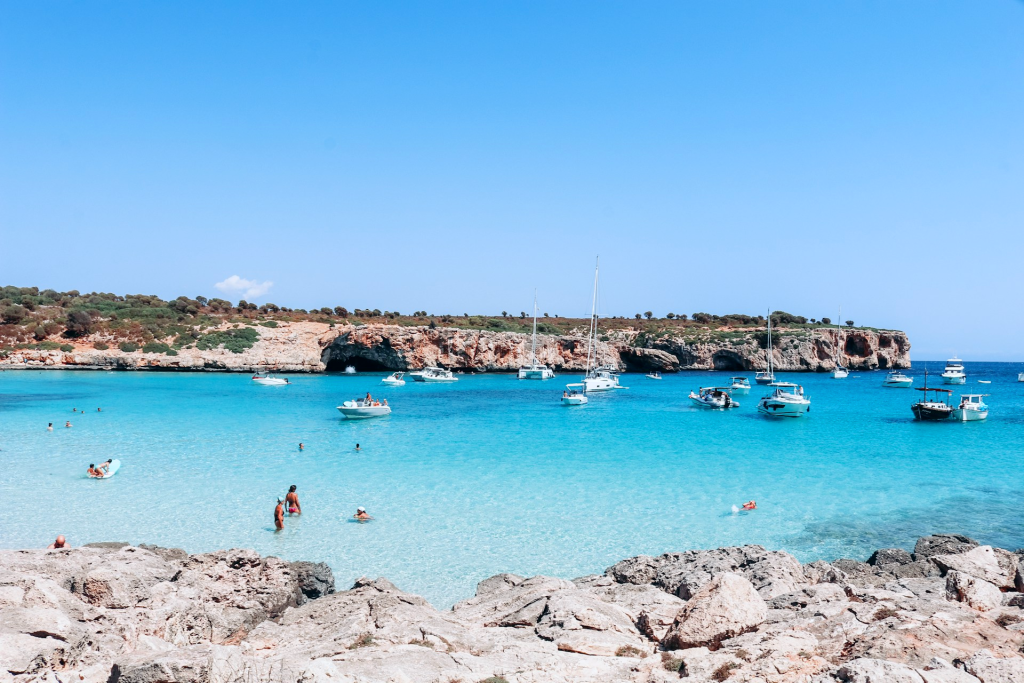
Visitors can also rent kayaks or paddleboards to explore the coastline further.
If you’re looking for a beach with a vibrant yet relaxed vibe, Port de Sóller Beach is a fantastic option. This charming crescent-shaped bay is lined with cafes and restaurants, perfect for grabbing a bite between dips in the sea. Families will appreciate the shallow waters, making it safe for younger swimmers.
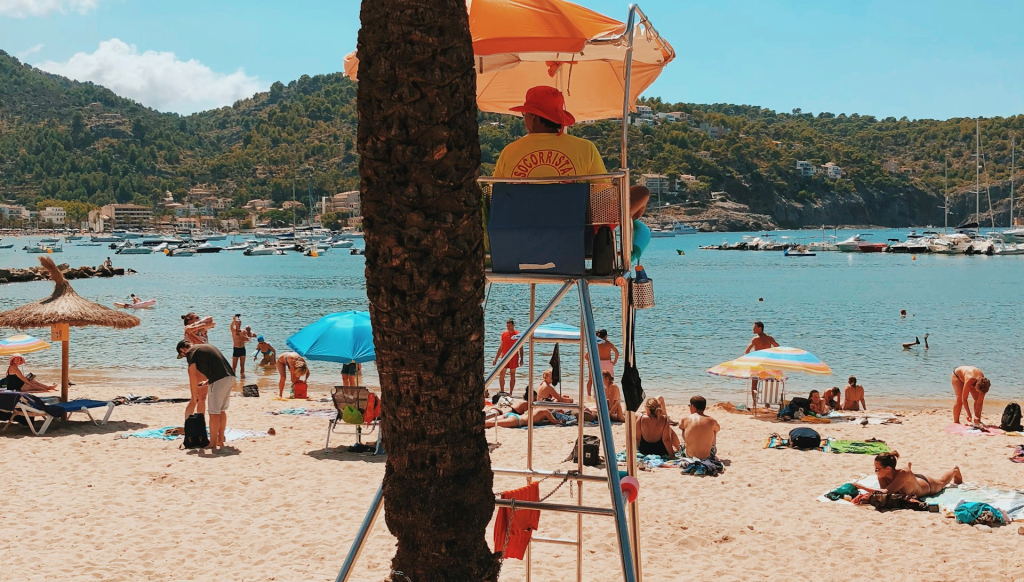
For a unique experience, Sa Calobra stands out for its dramatic location surrounded by towering cliffs. This pebble beach is accessible via a winding mountain road or by boat, offering breathtaking views along the way.
It’s a wonderful choice for those looking to combine stunning scenery with a refreshing swim.
Must Read: Best Places to Visit in Greece
Experience Local Cuisine
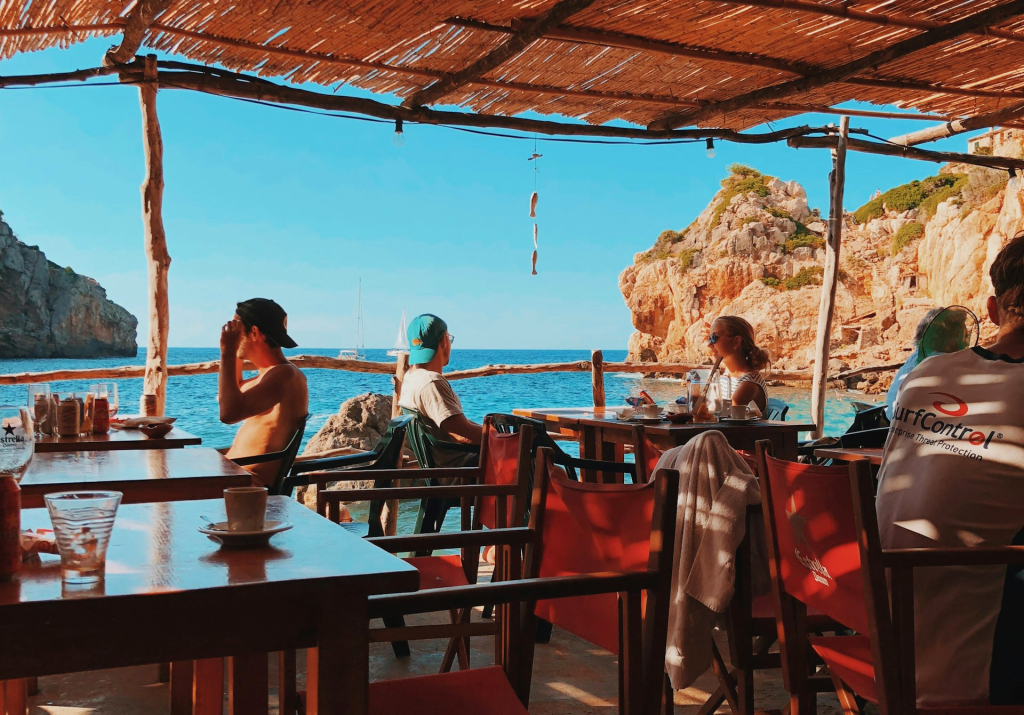
Mallorca is a paradise for food enthusiasts, offering a mix of traditional flavors and Mediterranean-inspired dishes that highlight the island’s rich culinary heritage. One of the must-try dishes is tumbet, a vegetable medley of eggplant, potatoes, and peppers, often served with a rich tomato sauce.
This classic dish embodies the essence of Mallorcan home cooking. Seafood lovers will enjoy dishes like caldereta de llagosta, a savory lobster stew that showcases the island’s coastal bounty. Pair it with a local white wine for a truly satisfying meal.
The island is also famous for its sobrasada, a cured sausage made from pork and paprika. Whether spread on bread or used in cooked dishes, this flavorful specialty is a staple in Mallorcan kitchens.
Another local favorite is frito mallorquín, a hearty dish of fried vegetables, meat, or fish seasoned with a blend of spices. It’s a great option for those seeking something uniquely Mallorcan.
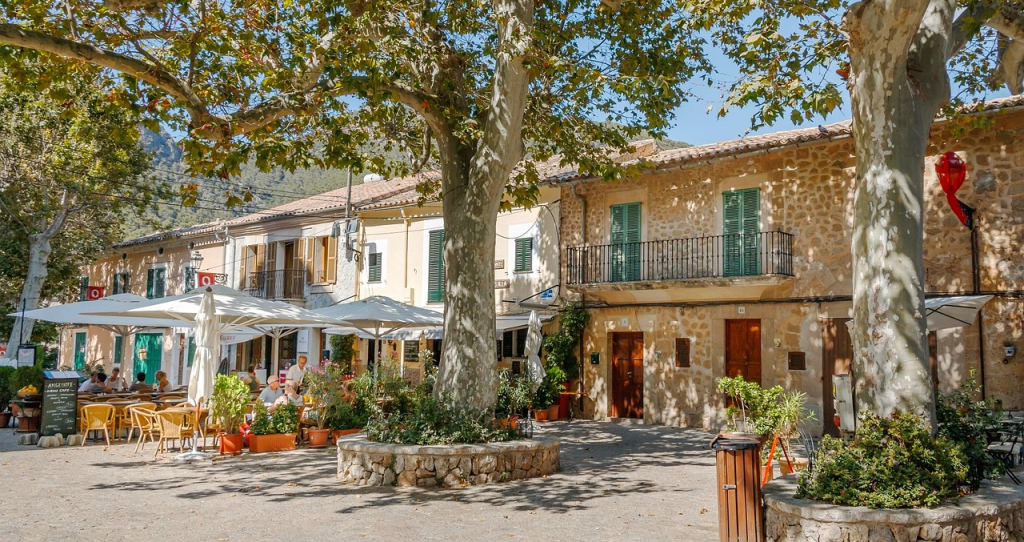
For a more casual meal, try pa amb oli, a simple yet delicious combination of rustic bread rubbed with ripe tomato and drizzled with olive oil, often accompanied by cheese, ham, or olives. It’s a versatile dish perfect for a light snack or a full meal.
Wine enthusiasts should explore The island’s vineyards, as Mallorca produces exceptional wines, particularly from The Binissalem and Pla i Llevant regions. Many wineries offer tours and tastings, providing insight into the winemaking traditions of the island.
For dessert, don’t miss coca de patata, a light and fluffy potato-based pastry often paired with a hot drink.
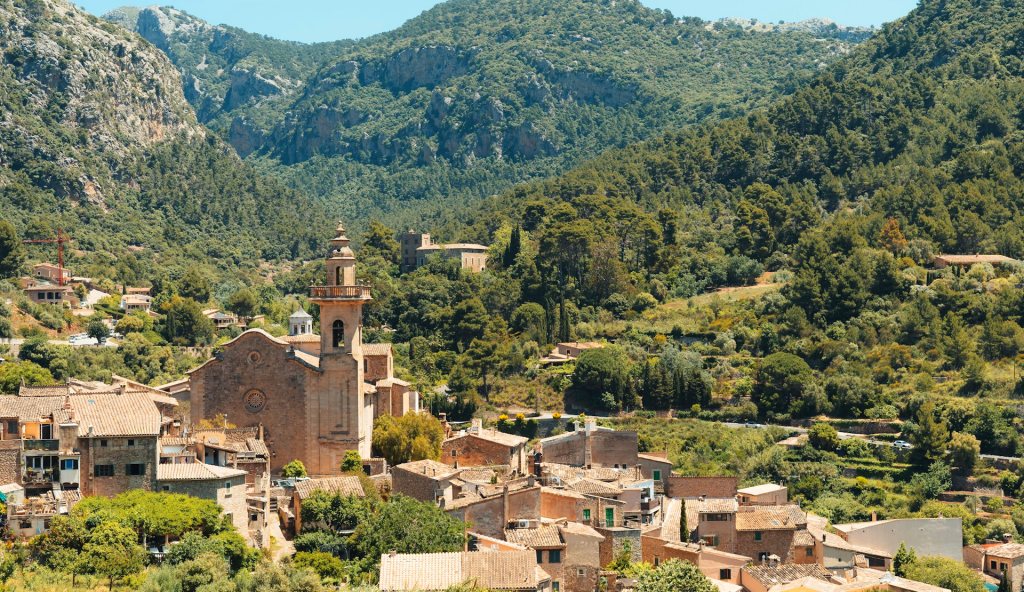
It’s a beloved treat in Mallorca, especially in The town of Valldemossa. Beyond the traditional, Mallorca’s dining scene also boasts modern restaurants where chefs reimagine local ingredients, creating innovative dishes that blend tradition with contemporary techniques.
Outdoor Adventures
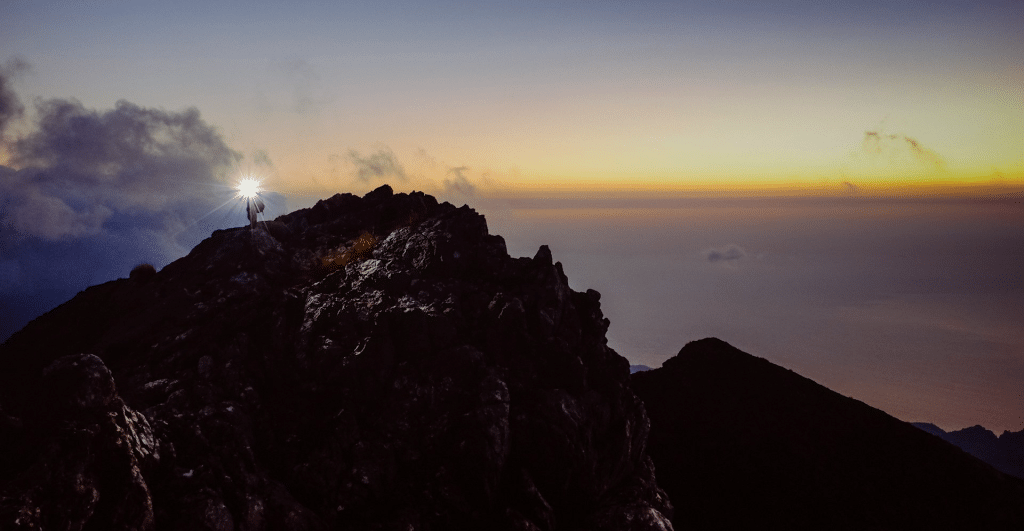
Mallorca’s varied terrain makes it an ideal destination for outdoor enthusiasts looking to immerse themselves in nature. The island is home to an extensive network of trails that cater to hikers of all skill levels, from gentle coastal walks to challenging mountain treks.
Among the most popular areas for hiking is The Serra de Tramuntana, where you can explore scenic paths that wind through olive groves, stone villages, and rugged peaks. Along the way, you’ll come across breathtaking vistas and serene spots perfect for a short rest or picnic.
For those who enjoy cycling, Mallorca offers a wealth of picturesque routes that traverse its rolling countryside, quaint towns, and dramatic coastal roads. Whether you’re a seasoned cyclist or a casual rider, the island’s well-maintained paths and scenic beauty provide an unforgettable experience.
Spring and fall are particularly popular times for cycling, as the mild temperatures and vibrant landscapes create the perfect conditions for long rides.
Water sports enthusiasts will also find plenty to enjoy. From paddleboarding along the crystal-clear waters of calm bays to windsurfing on breezier shores, the coastline offers an array of aquatic activities.
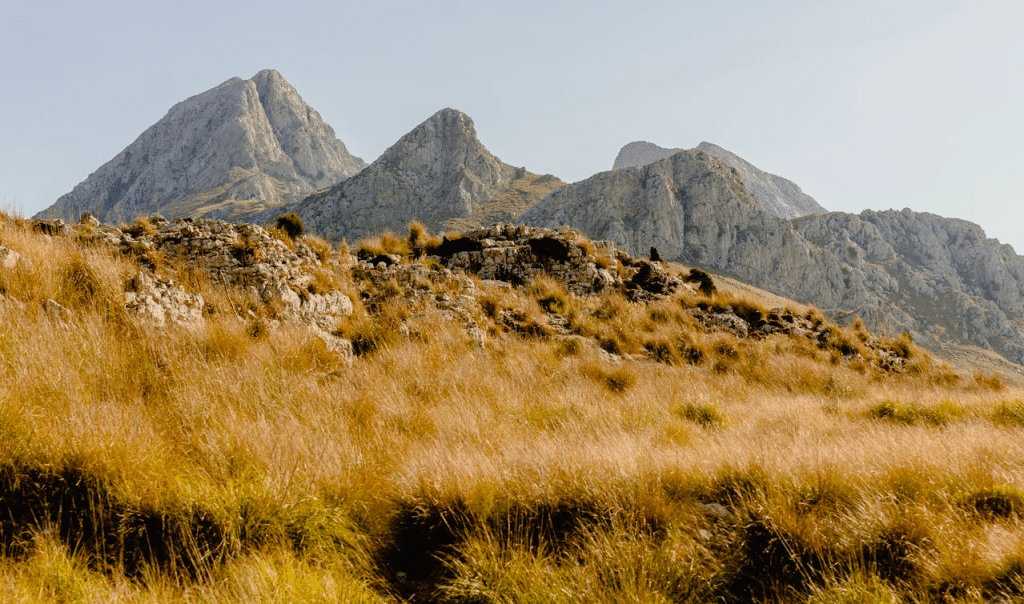
Kayaking is a fantastic way to explore hidden coves and admire the island’s unique rock formations, while snorkeling and scuba diving allow you to discover the vibrant underwater world teeming with marine life.
Climbing fans can head to areas like Sa Gubia, where limestone cliffs provide opportunities for rock climbing and bouldering. Meanwhile, adventure seekers might consider coasteering, an exciting combination of swimming, climbing, and cliff jumping along Mallorca’s dramatic shoreline.
The island’s unique natural parks, such as Mondragó Natural Park, also offer opportunities for birdwatching and spotting native wildlife in their natural habitats. With so much to explore, outdoor adventures in Mallorca are as diverse as the island itself.
Visit Historic Sites

Mallorca is brimming with fascinating historical landmarks that offer a glimpse into its rich and diverse heritage. A standout attraction is the ancient Roman city of Pollentia, located near the town of Alcúdia.
As you walk through its well-preserved ruins, including remnants of a theater and residential areas, you can imagine life on the island centuries ago. The on-site museum provides additional insight with artifacts recovered from excavations.
Another iconic site is Bellver Castle, a striking circular fortress built in the 14th century. Nestled on a hill overlooking Palma, this Gothic structure served both as a royal residence and a military stronghold. Inside, you’ll find a museum detailing Mallorca’s history, while the outdoor terrace offers sweeping views of the city and the coastline.
In the village of Valldemossa, the Royal Carthusian Monastery stands as a testament to the island’s religious and cultural history. Once home to monks, this beautiful complex also served as a temporary residence for famed composer Frédéric Chopin during the 19th century. Visitors can explore the monastery’s cloisters, library, and music room, where artifacts from Chopin’s time are displayed.
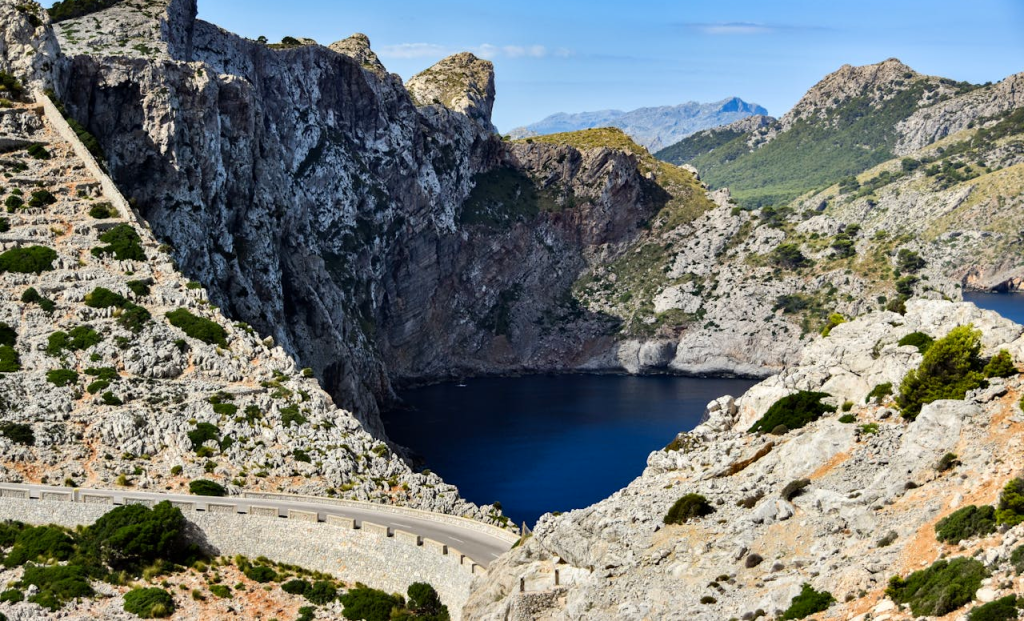
Further inland, the Sanctuary of Lluc is a revered pilgrimage site nestled in the Tramuntana Mountains. This historic monastery, surrounded by lush landscapes, features a stunning basilica and a museum showcasing religious art and artifacts. The sanctuary is also home to the Blauets, a boys’ choir with a history that dates back centuries.
For a journey even further back in time, head to the prehistoric Talayotic sites scattered across the island. These megalithic structures, such as Capocorb Vell, provide a fascinating look into Mallorca’s ancient civilizations.
These archaeological treasures are a reminder of the island’s long-standing human presence and cultural evolution.
Attend Local Festivals
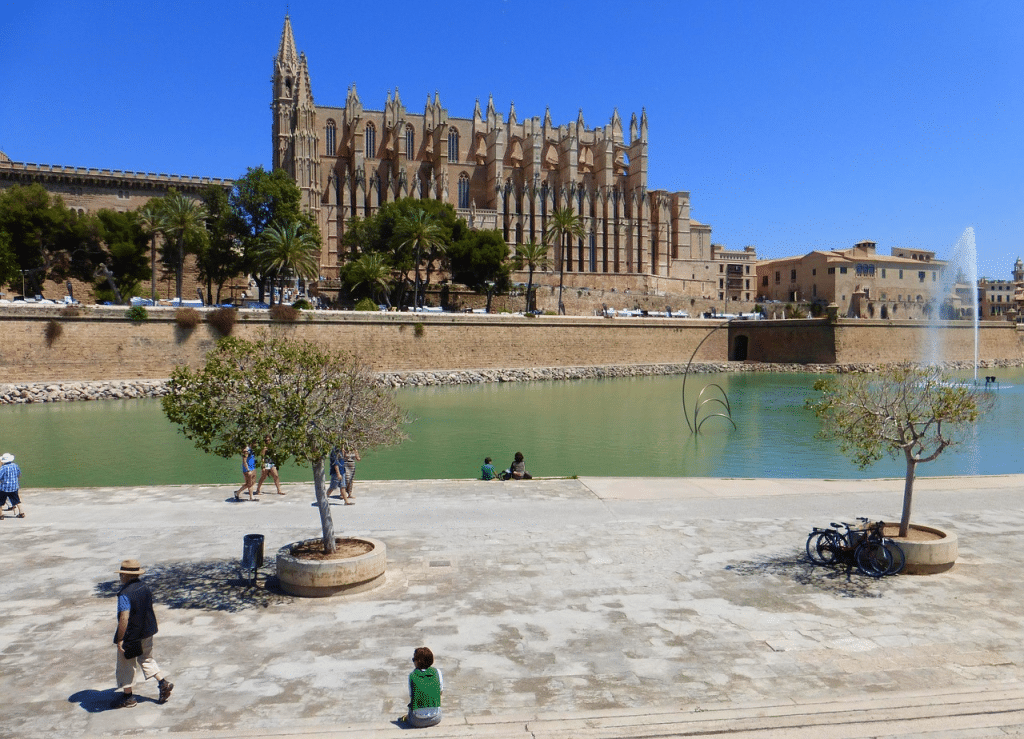
Mallorca’s festivals offer a lively glimpse into the island’s rich cultural heritage and traditions. One of the highlights is the Festa de Sant Sebastià, held in January in Palma to honor the city’s patron saint.
This event features live music, street parties, and traditional dances, creating a vibrant atmosphere that brings locals and visitors together. Another unique celebration is the Nit de Sant Joan in June, when bonfires and rituals mark the arrival of summer. People gather on the beaches to share meals, enjoy music, and take part in symbolic acts like jumping over fires or waves for good luck.
For history enthusiasts, the Moors and Christians festival, known as Sa Batalla de Sóller, reenacts the 16th-century battle when local residents defended the island from pirate invaders.
Held in May in Sóller, this event includes dramatic performances, parades, and festivities that transport participants back in time. In September, the island hosts the Festa des Vermar, or the Binissalem Grape Harvest Festival.
This week-long celebration in The wine region of Binissalem features grape stomping, wine tastings, and a parade with floats showcasing the area’s agricultural traditions.

Most Recommended Things to do in Binissalem
Mallorca is also known for its traditional fairs, such as the Fira de la Llampuga in Cala Rajada, dedicated to the local dolphinfish. Held in October, this culinary-focused event allows visitors to sample delicious seafood dishes prepared by local chefs.
Additionally, during the winter months, the Fira de Sant Antoni takes place in towns across the island, blending ancient rituals with modern celebrations. Animal blessings, costumed parades, and fire-themed festivities make it one of the most visually striking events of the year.
These festivals reflect Mallorca’s deep-rooted traditions and offer visitors the chance to experience the island through its local customs, music, and cuisine. Each celebration provides a window into the community spirit and history that define Mallorcan culture.
Best Things to do in Mallorca Spain: Tips and final thought

Planning ahead is key to ensuring a smooth and enjoyable visit to Mallorca. While the island offers countless attractions, creating a flexible itinerary will help you balance exploration and relaxation.
Pack appropriately for the season, as summers can be quite hot, and evenings may require a light jacket in cooler months. Comfortable footwear is a must, especially if you plan to explore historical sites or hike the island’s trails.
Dining times in Mallorca may differ from what you’re used to, with lunch often served between 1:00 PM and 3:00 PM and dinner starting later in the evening.
Embrace the local pace by taking breaks at cafes or enjoying a leisurely meal. Tipping is appreciated but not obligatory; rounding up the bill or leaving about 5-10% is a common practice.
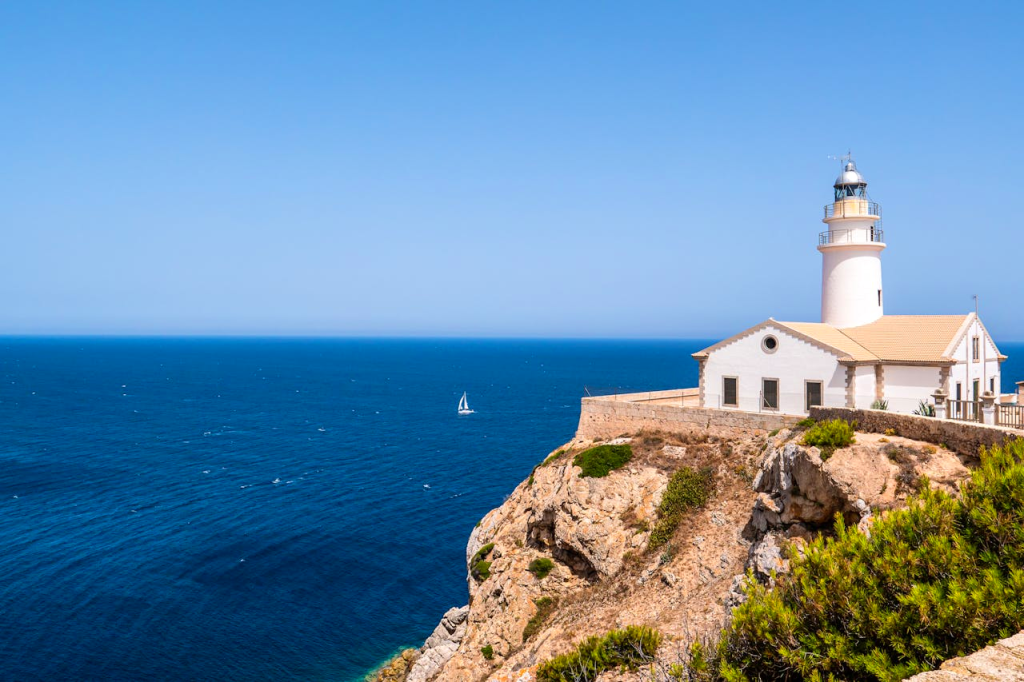
If you enjoy exploring less crowded spots, consider visiting during the shoulder seasons in spring or fall. You’ll benefit from milder weather and fewer tourists, making it easier to enjoy the beaches, hiking routes, and other attractions at a more relaxed pace.
Keep in mind that some local shops and restaurants may close during siesta hours, particularly in smaller towns.
Staying hydrated is important, especially during outdoor activities, so carry a refillable water bottle with you. Many public fountains provide drinkable water. Also, don’t forget sunscreen and a hat to protect yourself from the strong Mediterranean sun.
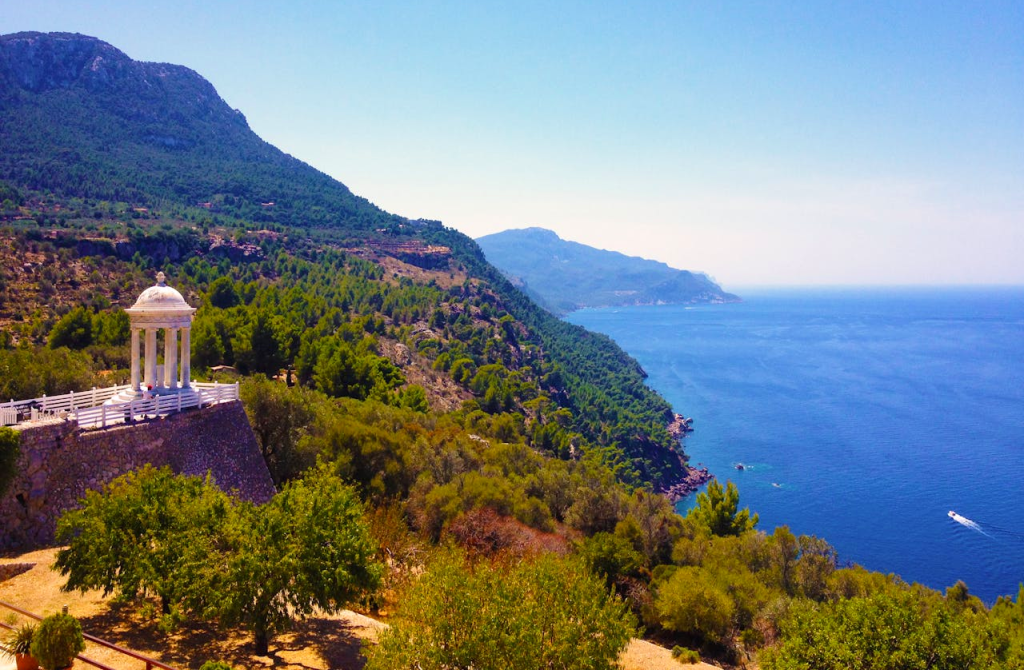
Lastly, while credit cards are widely accepted, it’s helpful to have some cash on hand for smaller purchases or in more remote areas. By keeping these tips in mind, you can fully immerse yourself in Mallorca’s charm and beauty while making your trip as enjoyable as possible.
Check my Instagram to see what my friends, tourists, and others have to say about this incredible place. Let’s take a visual journey together and discover the magic for yourself!
